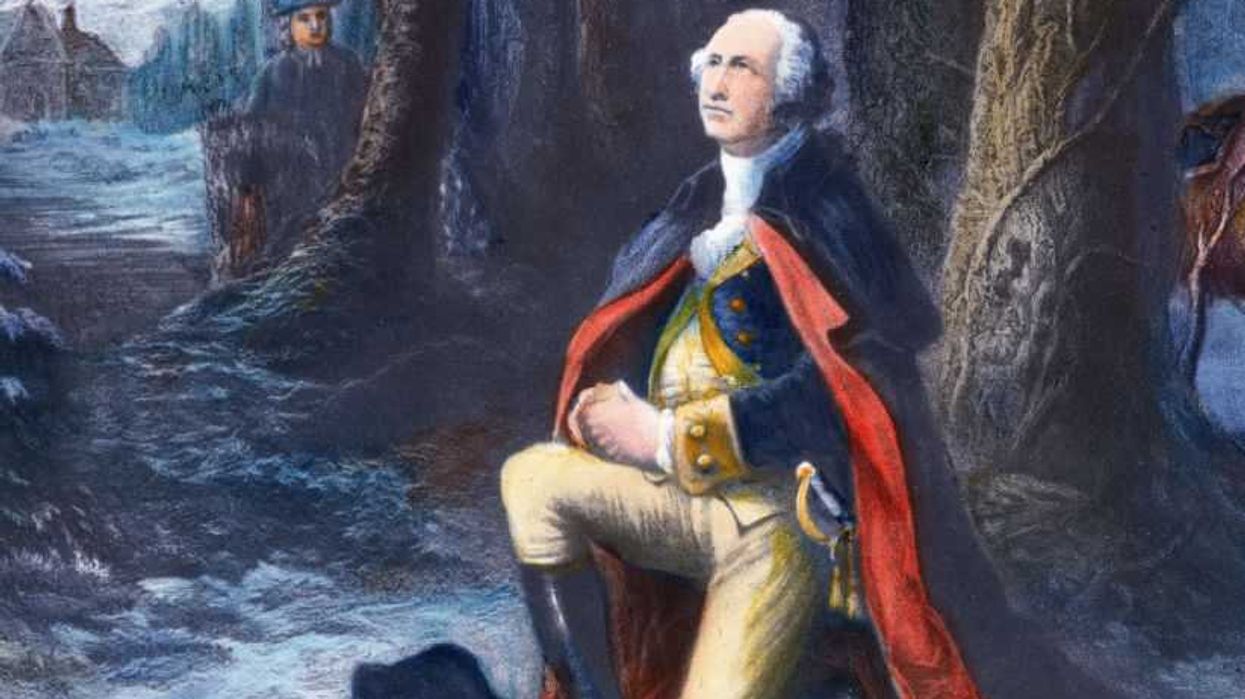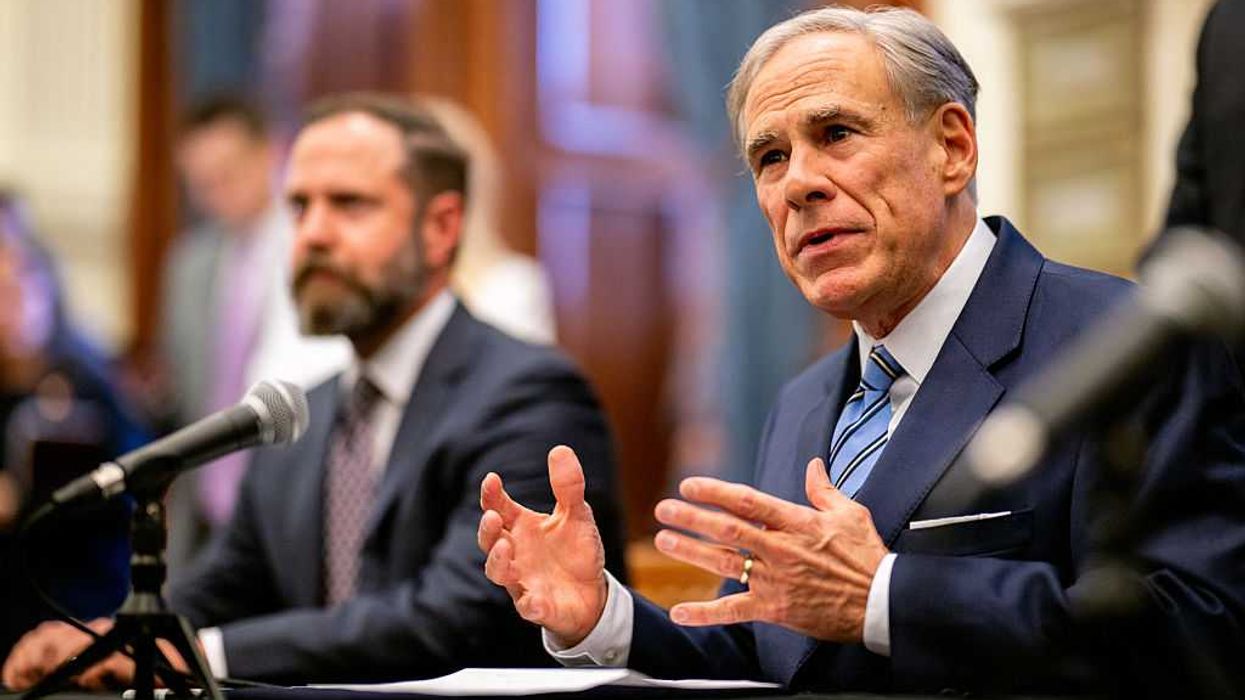The following is the opening chapter of my debut novel, Life on Christmas Eve. It's about a small-town woman who is baffled to find her life suddenly imitating It's a Wonderful Life and her quest to understand why leads to a life-changing encounter with a vulnerable stranger on Christmas Eve.
This story's themes of faith, grace, generosity, and the inherent value of each person's life form a timely message for our nation's current polarization.
Glenn says, "I love this book. It's funny, fast-paced, and whimsical — a joyful celebration of family and faith that sweeps you along to a surprising finale that will melt your heart. This is ideal Christmas-time reading, the kind of moving, life-affirming story the world needs right now."
Life on Christmas Eve is available now from booksellers nationwide.
You can listen to Glenn read the opening chapter here:
Chapter 1
As Julie discovered, Christmas Eve in her hometown of Cedar Springs was an ideal time to do something odd in a public setting. With most folks preoccupied with family celebrations at home, the likelihood of one's curious behavior garnering notice, let alone being questioned, drastically diminished. Julie counted on the streets being mostly deserted after dark because she could not adequately explain her current enterprise: sitting by herself in a collapsible camping chair at one end of the small town's iconic steel truss bridge.
It was 6:05 p.m., and snow descended in weighty clumps from the starless, black-matted sky. Julie knew she looked bizarre wrapped in a sleeping bag and blankets, a thermos of hot cocoa at her feet, like she was waiting for a parade to start or camping out in line for concert tickets. She felt entirely self-conscious and was the first to question her own sanity. She also felt inexplicably compelled to be there at that very moment, though the compulsion was not quite strong enough to chase away her potential embarrassment.
As a few cars traversed the narrow two-lane bridge at a leisurely holiday pace, Julie tried burrowing deeper into the canvas seat of her camping chair, as if it might help conceal her from the glow of the headlight beams. Some motorists noticed her; others did not, or at least pretended not to. She was rather hard to miss in her prominent seated position on the sidewalk that ran alongside the decades-old bridge railing. One car slowed as it approached, and she tensed with fear the driver would stop to ask questions. It was not an unfounded fear. Julie loved her salt-of-the-earth fellow Cedar Springs citizens, but one less desirable common trait in the community was a tendency toward nosiness. Sometimes a gal just wanted to be left well enough alone. And there was never a greater such instance than the one in which she placed herself that evening. Julie instantly prepared a contingent reply to any inquiries. She would say she was "just enjoying the snow," or something similarly lame, which would be truthful without divulging the actual reason for her visit to the bridge. She made a snap decision to smile and wave enthusiastically at the craned-neck driver, figuring that might better discourage questioning than if she sat motionless, hoping not to be noticed. Fortunately, the car continued on its way.
Julie did not want to be interrogated because no rational explanation existed for why she sat by herself on the bridge in the freezing Christmas Eve air. The truth was that she was waiting for something to happen. She had no idea what, just the most persistent hunch it would be something important. The only similarly strong intuition she recalled having in her life was the time in fifth grade when she was almost certain she was going to get a full-size backyard trampoline for Christmas. Alas, no trampoline materialized.
Just as she was about to laugh off her intuition incompetence and rejoin the sane world, something did happen.
While Julie contemplated packing up her solo bridge-watch party, she began dozing. With the hot cocoa, the abundance of fleecy layers, and the soothing lull of the icy river cascading over the boulders directly below the bridge, her surroundings soon faded into a wintry fog. She resisted the first couple of head-bobs but quickly gave up the fight and drifted off.
Julie was only asleep for a couple of minutes when a violent, metallic clatter jolted her awake, her left leg involuntarily flailing in the process. Her eyes fluttered open and she brushed the wet snowflakes from her face. She leaned forward in her chair, momentarily disoriented, and surprised to realize she had fallen asleep. Glancing cautiously back and forth, she hoped no further passersby had witnessed her conked out on the bridge like that, as it would be impossible to explain her way out of that one.
Having regained her bearings, she peered straight ahead, squinting through the thickly falling snow across the bridge. She could make out a dingy blue and white pickup truck with its right front fender crumpled against the dense trunk of a majestic cedar tree, one of several such trees just off the shoulder of the road near the start of the bridge.
Julie stood, trying to gather her senses and find her phone. She checked her coat pockets, the camping chair, and the snow-caked concrete around her to no avail. Perfect, she thought, figuring she left it at home. The unscathed driver's side door of the crashed pickup truck slowly opened with a rusty, drawn-out squeal, interrupting Julie's annoyance at forgetting her phone. As she watched, a haggard teenage girl tumbled out of the cab and fell to her knees in the snow. She lingered on the bitter cold ground for a moment, weeping loud enough for Julie to hear. The girl picked herself up and stumbled alongside the guardrail for several yards until she stepped onto the sidewalk of the bridge. Julie froze at the alarming scene unfolding in slow motion. In her sleepy stupor, Julie could not settle fast enough on the best course of action.
Oblivious to Julie's presence, the girl's deep, sorrowful crying persisted as she trudged aimlessly through the ankle-deep snow of the bridge's sidewalk. Julie noted the girl wore only a sweatshirt and jeans, which had to be scant protection against the night's biting cold. The teen stopped near the middle of the bridge and leaned over the railing, prompting Julie to shift forward uneasily in her chair. Beneath the bridge, the churning dark river surged over and around large, smooth boulders on its way toward the falls. The girl's shoulders convulsed with her breathless sobs. From Julie's vantage point, she assumed the girl must be feeling sick.
Julie looked around, suddenly hoping for a crowd. But the streets were empty and quiet, as if the town was taking a deep breath, finally about to allow itself a respite from all the frenetic Christmas preparations. Julie and the teenage girl remained the only two souls on the bridge.
Finally, Julie's habitual compassion overruled her hesitation. With a deep breath of her own, she stood, unfurled herself from the blankets, unzipped her sleeping bag, and piled them on the camping chair. Then, she cautiously approached the grieving stranger. Between the din of the rushing river and her own weeping, the girl did not hear the crunch of snow underfoot as Julie crossed the bridge toward her…

 Harold M. Lambert / Contributor | Getty Images
Harold M. Lambert / Contributor | Getty Images
 Adam Gray / Stringer | Getty Images
Adam Gray / Stringer | Getty Images Anadolu / Contributor | Getty Images
Anadolu / Contributor | Getty Images Brandon Bell / Staff | Getty Images
Brandon Bell / Staff | Getty Images